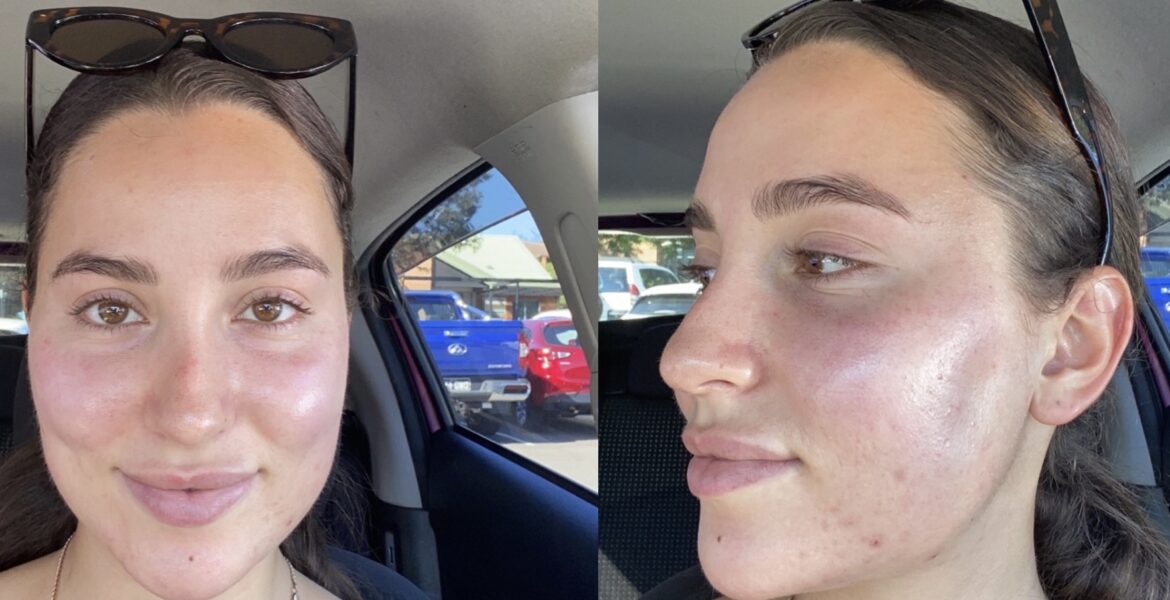Having recently discovered LED light therapy only a few months ago, I was initially sceptical at how effective it could be with all the hype around it (and the way my skin therapist spoke about it).
But then I decided to see for myself if it could really be that powerful.
Almost instantly (30 minutes later) my angry skin was calmed right down, and my breakouts were subdued.
That's after one treatment.
Nearly ten treatments later, my skin is transformed. It looks healthy, rosy and calm. (see photos)
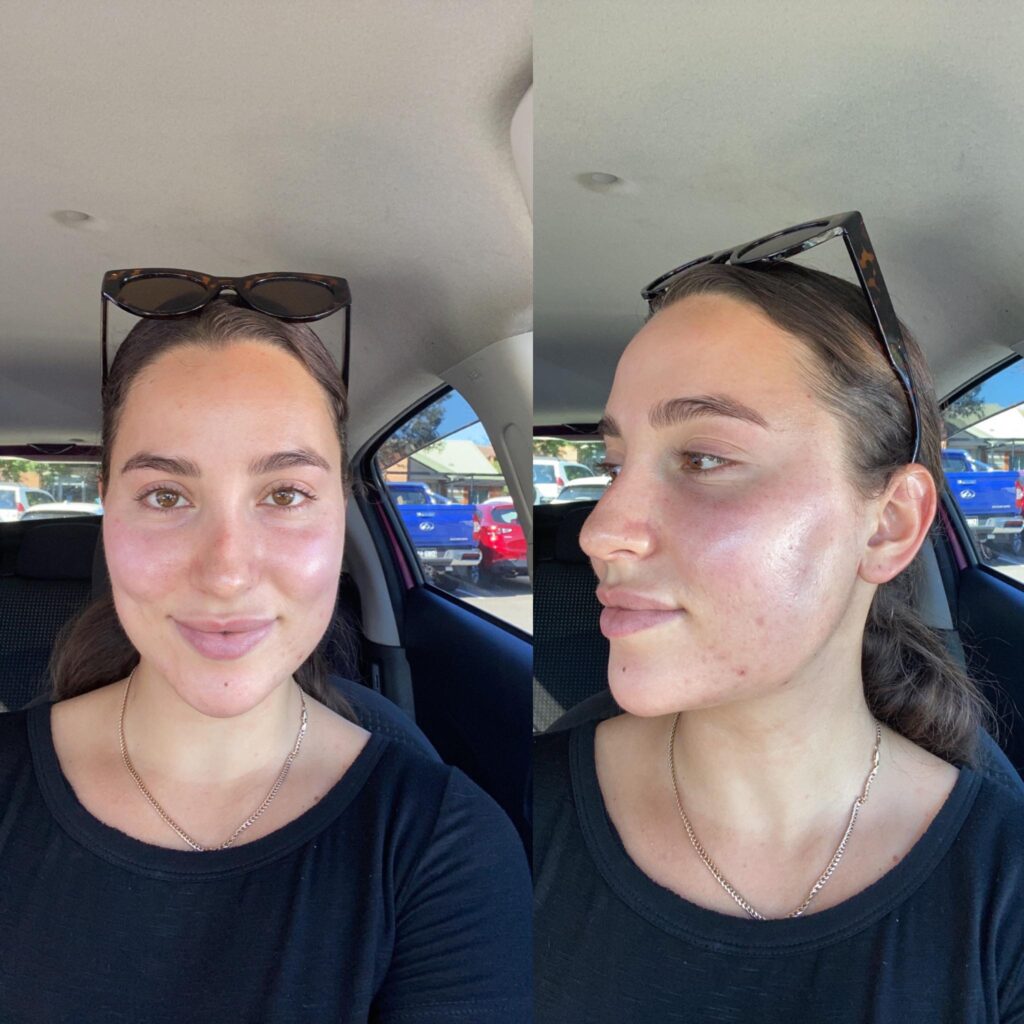
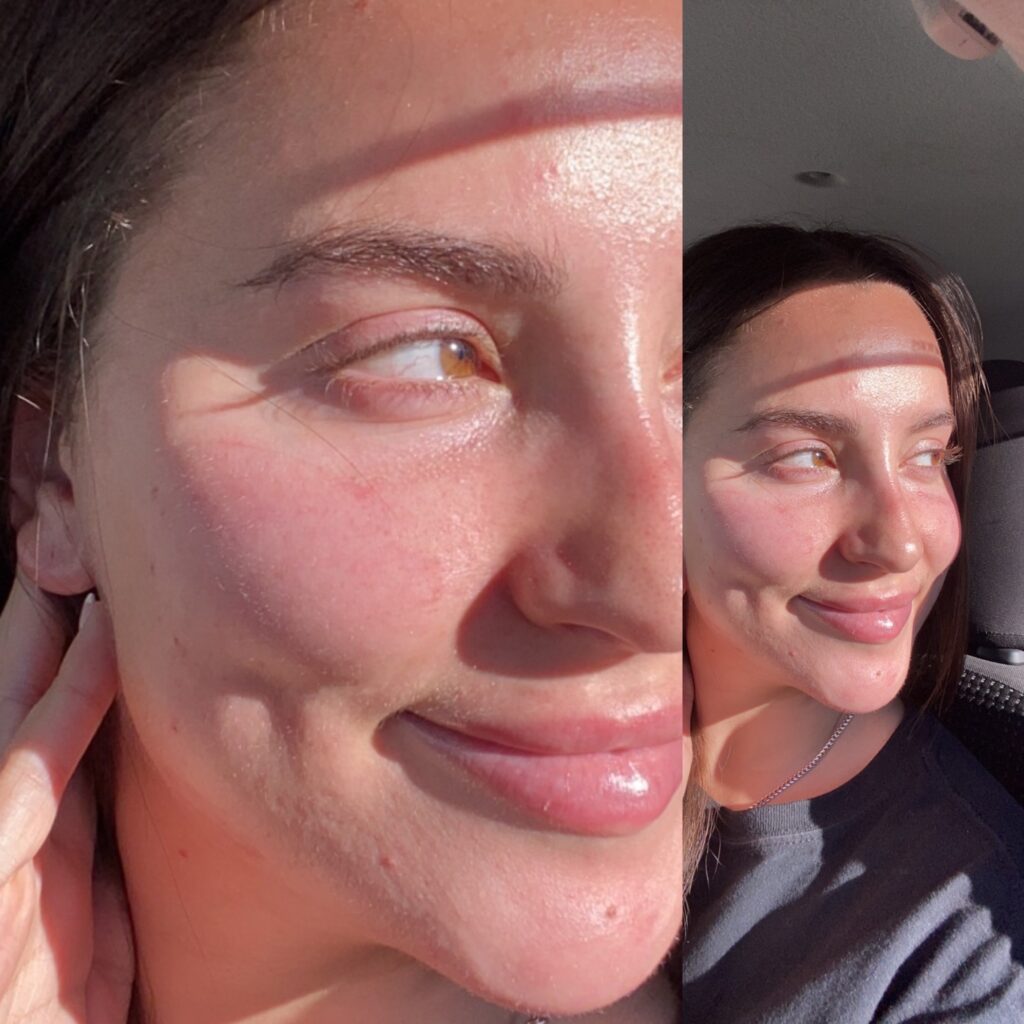
Even with several oral and topical treatments available for acne, the majority of the 50 million people who suffer from acne are unsatisfied with their results or the side effects of those treatments (which can be very severe).
LED light therapy is not a new concept. Visible light devices that kill bacteria on the skin have been used by dermatologists as an alternative acne treatment for the past 20 years. Light therapy: also called blue light, red light, yellow light or phototherapy, is a research-backed Trusted Source treatment that’s safe for most people and relatively free of harmful side effects.
Long gone are the days when you sat underneath what looked like an old-fashioned heater to 'dry out your acne' or sat out in the sun (SPF-free) because your Yiayia told you to "kill your zits with sunlight".
You can now buy a LED face mask off the internet and treat your skin while binge-watching The Black List. While there are some big claims by at-home treatments, none of these masks is as powerful or will get you results as a professional, in-clinic skin treatment.
Let's talk about the benefits of light therapy
According to Healthline, there are two main kinds of evident light therapy used in clinical settings: blue light and red light. Each has a distinct use, and, while they both treat acne, each has distinct advantages.
Blue light therapy
Typically, Blue light therapy is the type of light therapy most commonly used to address acne breakouts. Blue LED Light Therapy specifically targets acne bacteria that cause acne lesions. By removing the bacteria, this treatment reduces active acne.
I was treated with Blue Light as a teenager when I had cystic acne and it helped tremendously.
The wavelength of blue light has an antimicrobial effect, making it efficient at destroying various types of bacteria that can accumulate in your pores and oil glands and cause breakouts and congestion.
In a recent study, people with acne who were treated for five weeks with blue LED light therapy, saw an improvement in per cent of 77 ofcases! Pretty remarkable.
Blue Led light therapy can be used as an anti-aging treatment too. It helps train your skin by eliminating free radicals that oxidize and age your face. This blue light treatment also has anti-inflammatory benefits, which decreases other symptoms of acne, such as redness and rosacea.

Red light therapy
Red light therapy doesn’t have the same antibacterial effects as blue light therapy, but it can still be powerful in the healing process.
Red light therapy works by helping to promote healing and may work to reduce the distinctness of acne scarring. It also has anti-inflammatory abilities.
Red light therapy acts deep below the surface of your skin to help soothe and repair tissue. If your acne is caused by a chronic skin condition such as Cystic Acne, red light therapy might be the right option for you.
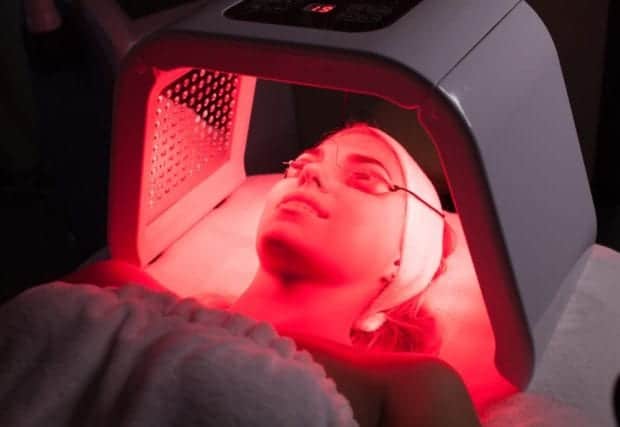
Yellow light therapy
My favourite LED Light therapy is YELLOW LIGHT therapy. Yes, just when you thought there couldn't be any more of them! This is the one I've been using lately and the one I've seen the most benefit from.
According to LASER CLINICS Australia, Yellow LED Light Therapy is the deepest penetrating medical-grade treatment that they offer in-clinic. Yellow LED targets the light receptors on the body’s cells which then converts the light into energy. The cells are then fuelled with all the energy that they need to be able to function at optimal ability.
The LED Light also triggers the lymphatic system by improving the removal of toxins from the treated area. Yellow Light Therapy is used to increase wound healing, collagen induction, skin hydration and the overall health of the skin.
Yellow light treatment can be used on most skin types and can treat a range of skin problems as mentioned above.
This type of light treatment can be done often, every 2 days if needed and the results speak for themselves. Your skin will have a rosy glow and be plump and youthful for days to come. I firmly believe in investing in YELLOW light skin therapy if you want a fresh, youthful glow and if you want to calm mild-moderate acne.

Like me, many people have greatly benefited from visible light therapy and it is scientifically proven to be effective for the treatment of acne.
I have to stress that it’s important to have realistic expectations for how well light therapy can work for you. While it clearly improved my skin and acne symptoms, it presumably won’t get rid of your blemishes and pimples indefinitely.
At about $35 a treatment (usually around 15 min long), it's not exactly economical. However, if you can afford LED light treatment even once a fortnight, go for it! You'll thank me later.
I would recommend that you try other, less expensive methods of topical and oral acne (such as Azelaic and Salicylic Acid) treatment before you try light therapy. Or try combining a topical acne treatment and LED light therapy.
Speak to your dermatologist or skin therapist to see if you’re a good fit for this type of acne treatment.
To read more about how LED LIGHT Therapy works, click here.
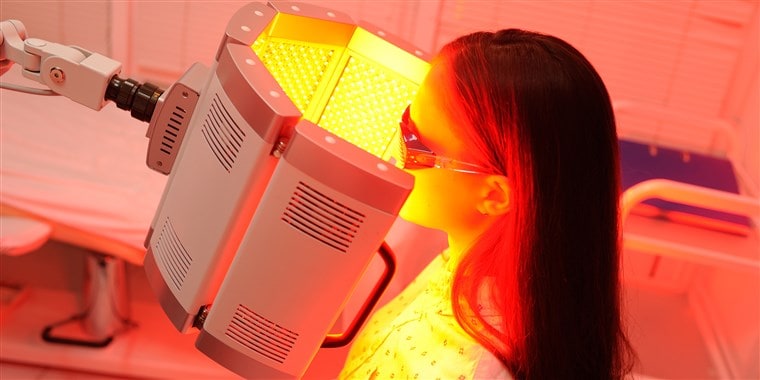
Disclaimer: The products and services mentioned in this article were not endorsed, and the author was not paid in any way to recommend them.
Remember to consult a Doctor or Dermatologist for all skin-related problems and concerns.
Esteemed Evzones Photographer Nick Bourdaniotis. The Legend Behind the Lens.

